Review: Obed GVR is a well-mannered gravel bike from Litespeed’s sister brand
Obed Bikes -- part of the American Bicycle Group that also includes Litespeed and Quintana Roo -- has released the GVR, a versatile carbon-fiber gravel bike that will find itself equally comfortable on a start line and an adventure ride.
The GVR is Obed’s answer to a quiver-killing gravel bike, although its design indicates a clear bias toward efficiency and speed. However, customers also have options -- read, more bottle cage mounts and clearance for 650b wheels -- to make it more of a light-duty bikepacker.
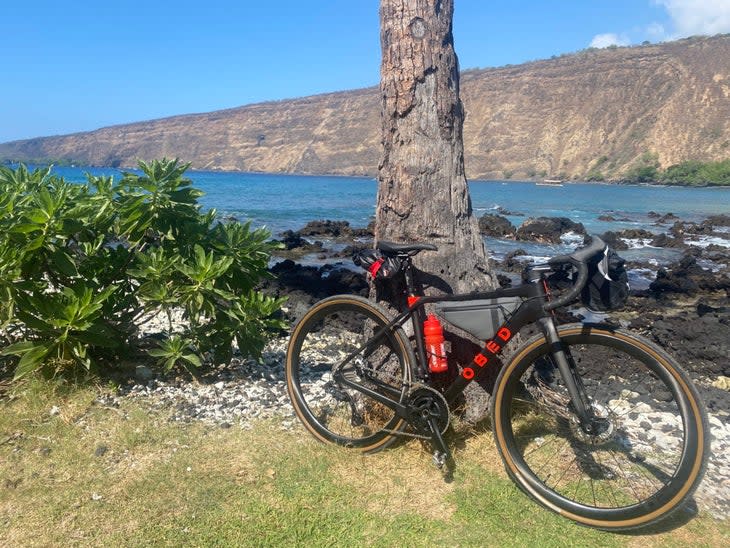
“What we wanted personally was a racier bike,” said Obed’s national sales manager Chris Brown. “If you want to line up and pin a number on, that bike needs to check all the boxes. This one is racer minded. Shape-wise, it’s designed to be in the wind. Laminate-wise, it’s on the light side. We’re not claiming to be ultralight or super light because we want it to be an everybody bike. In this first iteration, it’s an everybody race bike.”
For those unfamiliar with the brand, Obed debuted four years ago but under a different name (Occoee). Since then, the off-road-oriented brand has put one bike each in the gravel, all-road, and mountain bike stables; the GVR joins the Boundary as a second gravel option.
Obed Bikes are assembled in Chattanooga, Tennessee at the American Bicycle Group’s (ABG) headquarters.
I tested the GVR last autumn on pretty much every surface that I think a gravel bike should hold its own on -- from the ‘champagne gravel’ around Steamboat Springs, Colorado to some rougher and sharper chunk in northwest Arkansas, and on the smooth tarmac of Hawaii’s Big Island. What can I say, being a cycling journalist has its perks.
Choose your own GVR adventure
One notable thing is how many eye-catching options there are to build the Obed to your liking. From stem, bar, and crank length to saddle to wheels, Obed’s in-house assembly process gives customers quite a bit of liberty to decide what goes on their bikes. Prices obviously vary. My test bike, dressed in Shimano GRX 810 components (Di2, 2x), HED RC4 Performance wheels with Panaracer GravelKing SS tires, and the Cane Creek eeSilk carbon seat post, costs about $6,035, while the cheapest GVR starts at $3,795 with mechanical GRX 810 and Sun Charger wheels.
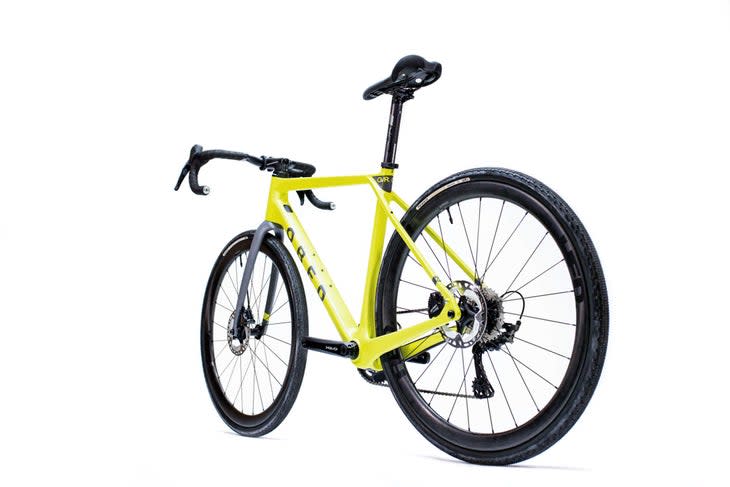
For someone who doesn’t like choices, the GVR might not be the bike -- customers can make decisions down to the sidewall color of their tires. But my suspicion is that having so many options will please most people. Sure, some are choices we’ve come to expect -- 1x or 2x, mechanical or Di2 (the GVR comes in all four Shimano GRX 810 configurations, by the way) -- while some, like being able to pick your saddle or tires, are unexpected treats.
The GVR is currently available in five sizes, from XS to XL, and most are in stock and ready to build and deliver. Rowdier riders will be happy to note that the bike is dropper-post compatible, and bike travelers can add top tube and seatstay mounts for frame bags and fenders.
And that’s not saying anything about the paint options! Each GVR is painted to order in Chattanooga, and the brand claims to have 3,840 color options for frame, fork, and graphics interchanges.
For a good distraction at work, see Obed’s bike configurator tool here.
My GVR adventures
My first trip with the GVR was up to Steamboat Springs, where I participated in a beta test of the new SBT TRVL three-day northern Colorado tour. While I would certainly recommend the trip, I’d also recommend the GVR as an ideal bike for the three 100-mile days on fast, hard-packed dirt roads. While not a race, we had to cover big miles during the dwindling day light of autumn, so efficiency was key. I was able to tuck in and out of our fast-moving group easily and motor up long climbs efficiently.
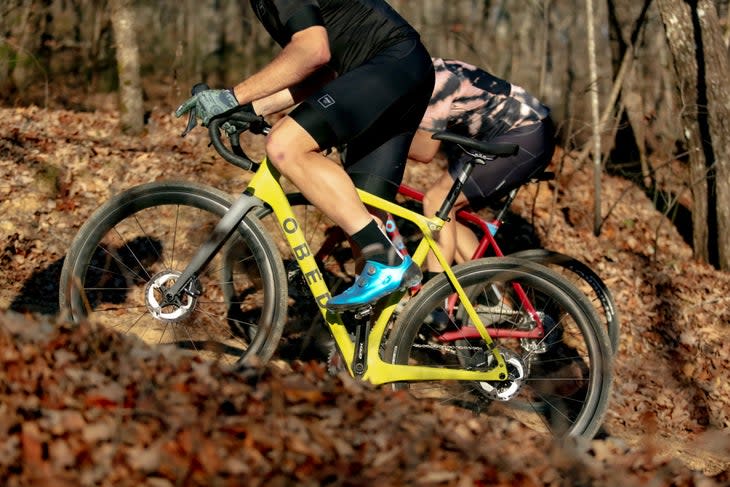
There were times when the GVR felt slightly more sluggish than my personal Ibis Hakka MX -- I think that was a simple geometry issue. However, a nice tradeoff was that I didn’t experience any toe overlap on the GVR. The bane of a smaller rider’s existence, toe overlap can be addressed by tweaking any or all of the following: crank length, cleat position, top tube length, tire diameter, head and seat angles, and fork offset. Some of that is possible with Obed’s bike configurator tool.
To put the GVR through rowdier paces, I took it to the Big Sugar Gravel race in Bentonville, Arkansas. I swapped the semi-slick Panaracer GravelKing tires for something meatier and was glad I did. While some of the course featured smooth hard-packed dirt, there was also plenty of rough stuff. Nearly every pro who came across the line suffered multiple punctures.
Riding in northwest Arkansas, I was able to take note of what a comfortable ride the GVR is, even at race pace. The bike uses an intersecting seatstay/top tube interface to isolate the seatstays somewhat from the seat tube. That, coupled with the chatter-quieting features of the eeSilk post, meant that the frame and post were absorbing vibration so that I didn’t have to.
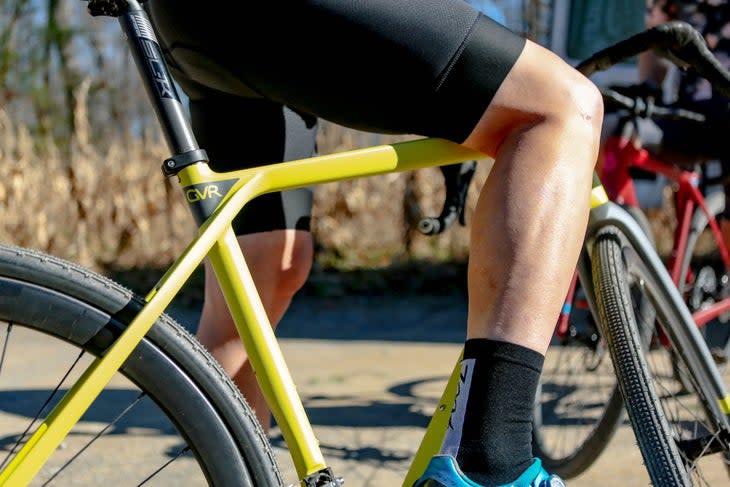
In Bentonville, I rode my way to second place on the Lil Sugar podium. I wasn’t sore or tight after the race and was pleased with the the way the bike handled such a diversity of surfaces and terrain features.
My last big adventure with the GVR was on the Big Island of Hawaii. While this 350-mile tour only included about 15 miles of gravel (across the barren lava fields of the island’s southern flank), I think it’s important for a gravel bike to double as a road bike. On Hawaii, I was really able to test the bike’s performance in the wind, an element that played heavily into the bike’s development.
“We think it’s the only gravel bike that’s been thoroughly thrashed in wind tunnel,” Brown said. “It’s super stable and not twitchy. It gives you a lot of confidence in crosswinds and does not drift.”
I can attest to the stability in the wind; unfortunately I experienced my fair share of steady headwinds, gusts, and crosswinds during my Hawaiian Island adventure. In those conditions, the bike plows ahead. As advertised, it’s not the lightest gravel bike on the market, but its extra heft, coupled with the planted front end keeps it grounded in the wind. I appreciated not feeling like I was going to blow off the mountain or into traffic when the winds were at their worst.
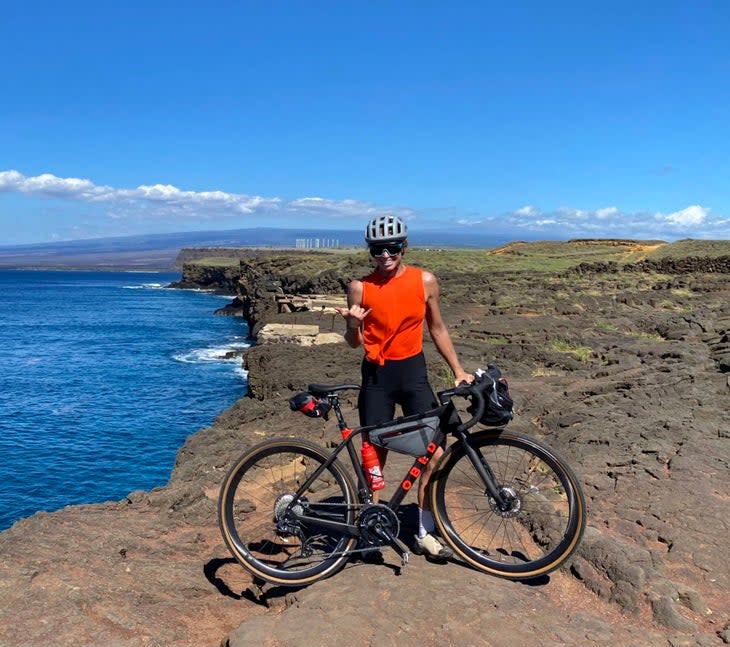
I had one problem with the GVR in Hawaii, and that was with its integrated cable routing system. Yes, the fully internal cable-free cockpit looks clean and keeps cables hidden from the wind, but it was a major pain when disassembling and reassembling during my trip. When I was rebuilding my bike after arriving, I couldn’t get the head tube to sit properly on the fork due to how the cables were routed. After two frantic FaceTime calls back to my mechanic in Boulder (and some encouragement to put a little muscle into slamming the head tube onto the fork), I was able to get everything aligned. Fortunately, Obed offers external bar and stem cable routing upon request.
Given its plethora of customization options, chameleon-like versatility, and super solid performance in a variety of settings, the GVR is a great gravel bike for myriad riders -- anyone from first timers to pros will find something to love.

